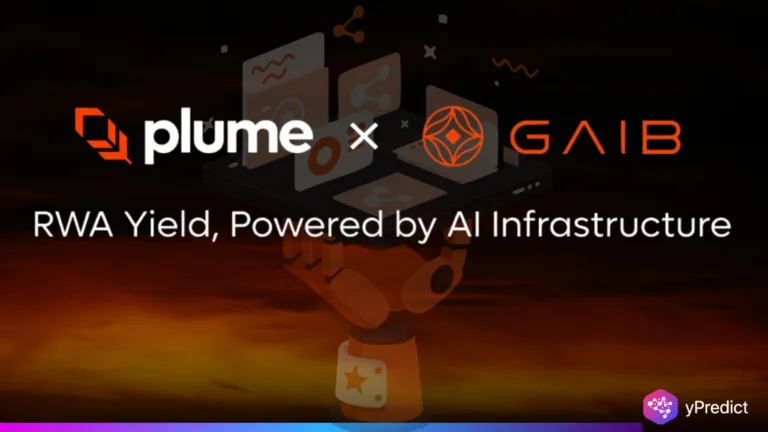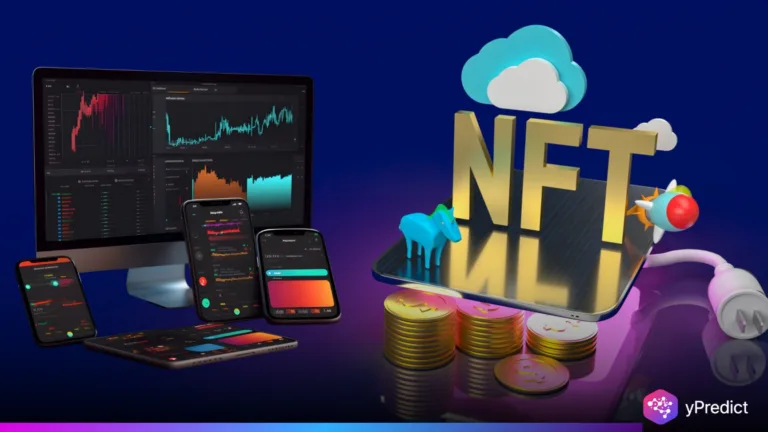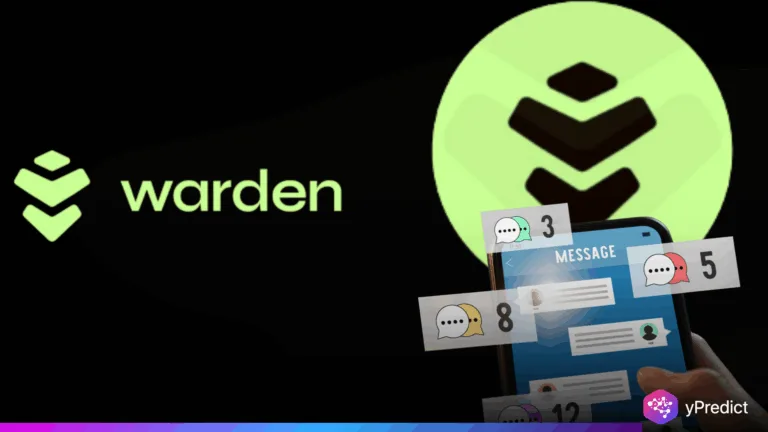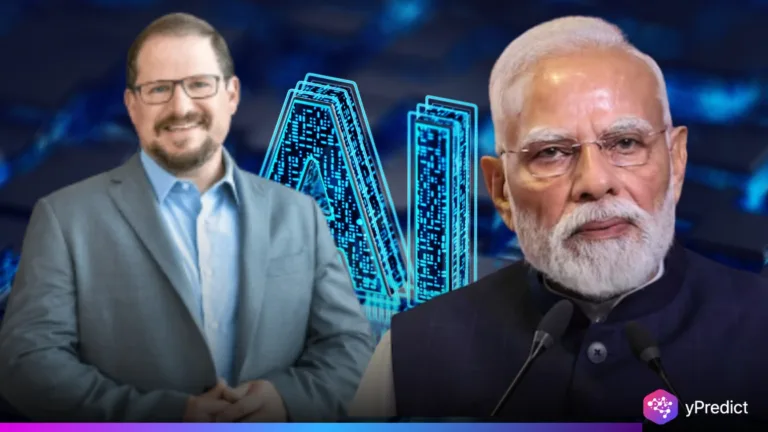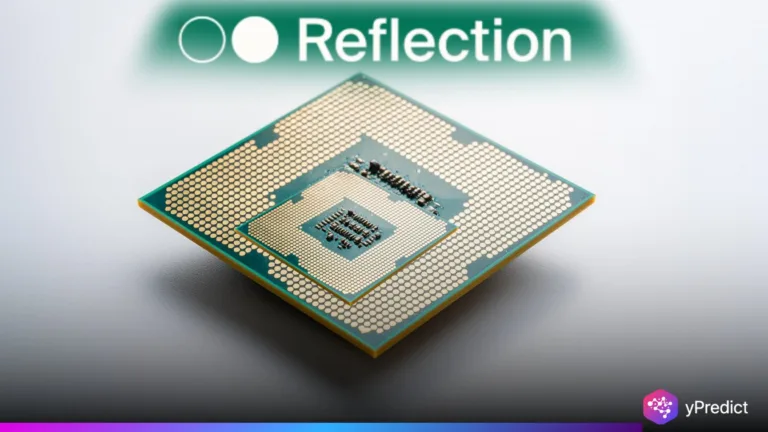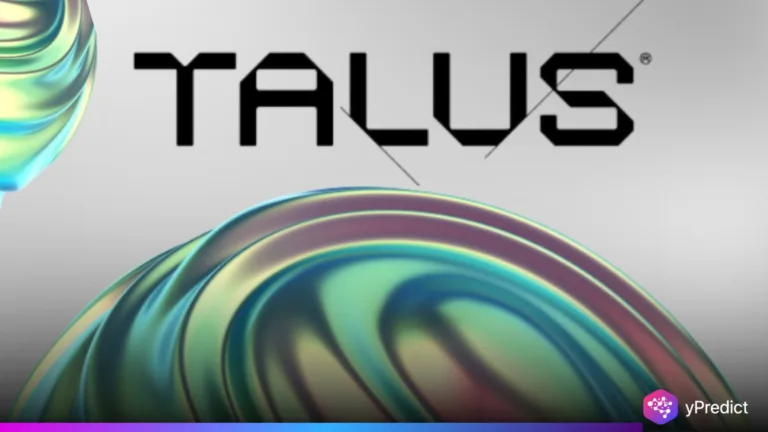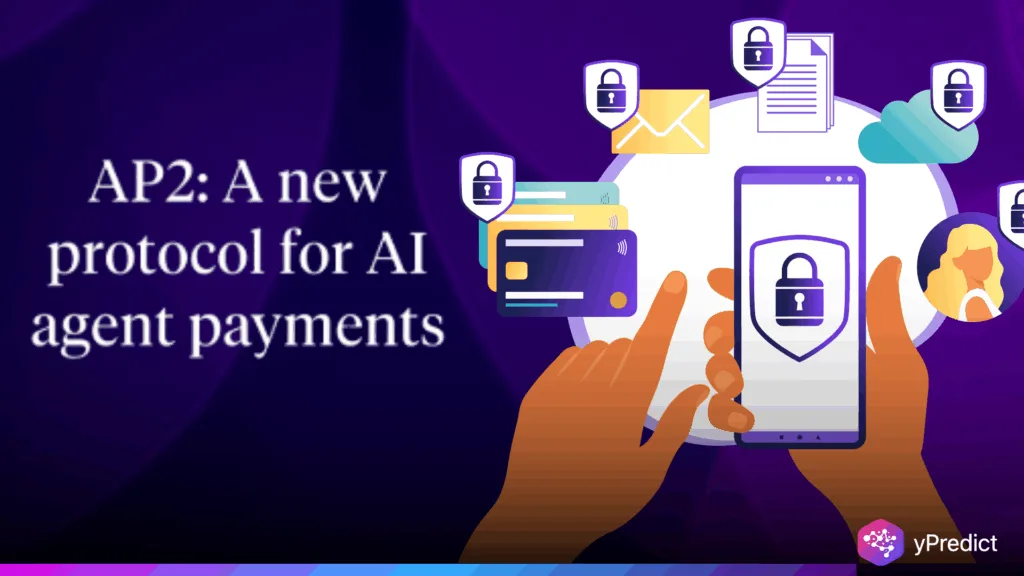
Google has launched the Agent Payments Protocol, known as AP2. It’s an open system that allows AI agents to make payments, use cards, bank, or transact in crypto, without humans needing to click “buy.” The goal is simple: make AI transactions secure, transparent, and trusted. Google worked with over 60 partners, including Coinbase, Mastercard, Polygon, and the Ethereum Foundation. Together, they’re trying to fix a growing problem. AI tools can act on their own, but current payment rails still assume a human is in charge. AP2 changes that. It provides AI with a legal and technical means to transfer money safely, eliminating the need for a middleman.
How AP2 Works in Real Payments
Traditional payment systems weren’t built for autonomous AI. They expect a person to confirm every transaction. AP2 fixes that. It uses digital “mandates” that act like pre-approved instructions. You tell your AI agent, “Book flights under $500,” and it knows exactly what it can and can’t do.
Each mandate is cryptographically signed. That means every payment can be traced back to who gave permission. No confusion. No fake approvals. The protocol supports cards, bank accounts, and stablecoins, giving users flexibility.
On-chain records also make disputes easier. If an agent misfires, the transaction trail is public and verifiable. That’s something traditional systems lack.
AP2 builds on standards like Agent2Agent and Model Context Protocol. These define how AI models communicate and verify actions across systems. Together, they give AI agents a shared language for money. Google also tied AP2 into its Blockchain Node Engine for faster verification. This mix of cloud infrastructure and blockchain transparency makes the protocol scalable. It’s not a pilot, it’s production-ready tech meant for billions of transactions.
Partnerships and Global Reach of AP2
Google didn’t go alone. AP2 includes more than 60 financial and crypto partners. Visa, PayPal, American Express, and Binance bring reach. Coinbase and Polygon add crypto expertise. Chainlink helps verify off-chain data.
Each partner fills a piece of the puzzle. For example, Mastercard’s tokenization API protects card data during agent payments. Polygon adds low-cost stablecoin rails for small cross-border transactions. And Coinbase supports custody and conversion tools for AI-driven wallets.
These partnerships show how traditional finance and blockchain are merging. The goal isn’t just faster payments, it’s interoperability. With AP2, an AI travel agent could book a hotel, split payments with a friend, and handle taxes, all across chains.
But regulation will test this system. Privacy experts worry about consent, data storage, and AI accountability. Google says every agent must prove authorization before a transaction. Revocable credentials and transaction limits are built in. Still, some analysts warn that laws haven’t caught up with AI payments yet. This collaboration could reshape how humans, AI, and institutions handle money. But it’ll need constant oversight to stay safe and fair.
Conclusion
AP2 is Google’s bold step into the future of payments. It bridges AI, crypto, and banking in one shared framework. If it works, autonomous agents will soon pay for things, subscriptions, travel, or services, without direct user clicks. The challenge is keeping it secure, legal, and private. Early reactions mix excitement and caution. Some see a glimpse of frictionless commerce; others see risk. Either way, the line between AI and finance just got thinner. AP2 isn’t just a protocol; it’s the foundation for how machines might start managing money tomorrow.

